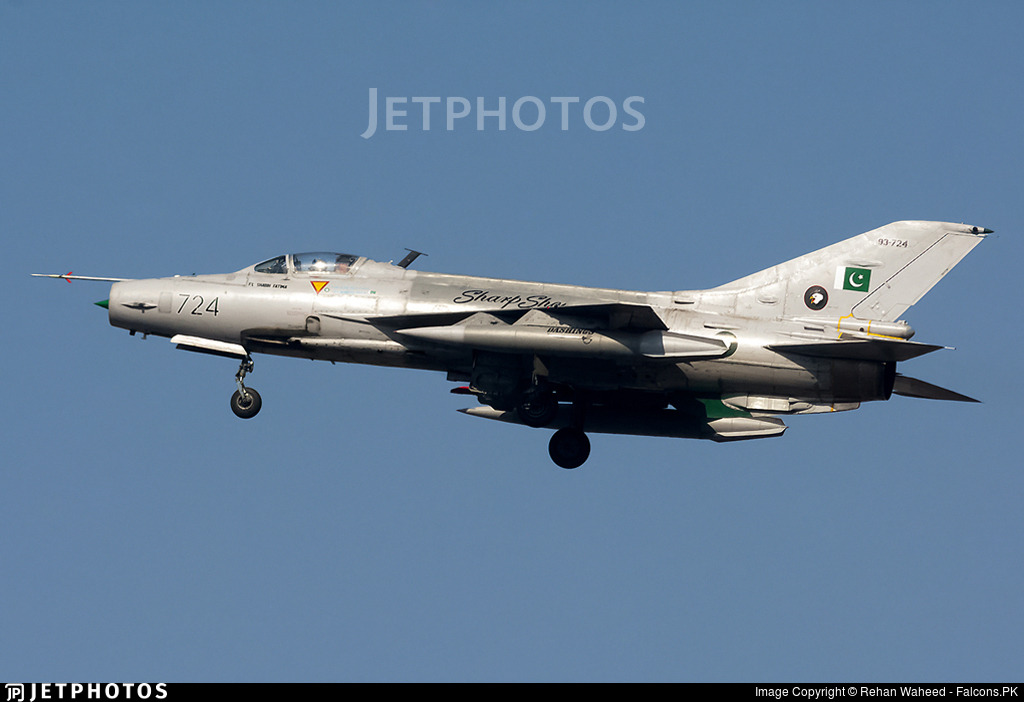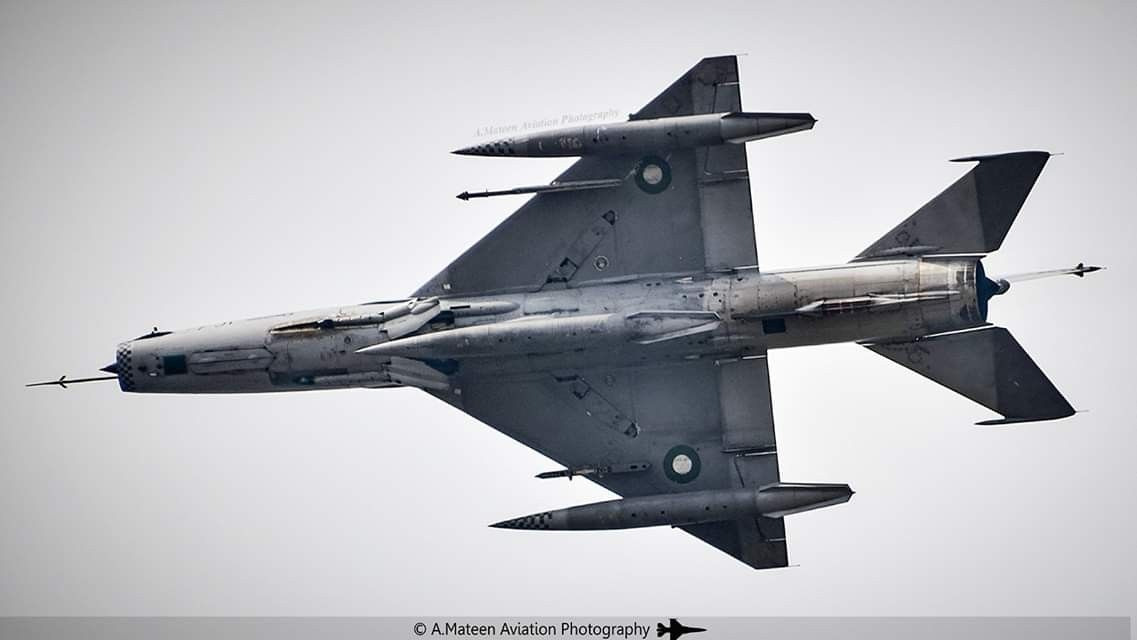- Yes
- No

The F-7P Skybolt is essentially an upgraded version of the Chinese J-7II, featuring improved missile options and countermeasures. While the current MiG-21F-13 and J-7II have respectable flight performance, their lack of flares and relatively unforgiving flight models make them difficult for newer players to enjoy. As a result, many players tend to skip these aircraft in favor of more forgiving models like the MiG-21SMT or MiG-21MF.
The F-7P retains the same airframe as the J-7II but can be equipped with AIM-9P or AIM-9L missiles instead of the PL-2s. Additionally, unlike the MiG-21SPS-K, the F-7P can carry both flares and chaff without sacrificing its gun armament, as it still uses the NR-30 30mm cannons.
If introduced into the game, the F-7P would serve as a well-balanced counterpart to the Russian and German MiG-21s. It would also provide more variety and depth to the early MiG-21 lineup, which has received relatively little attention in Air Realistic Battles (ARB). This addition could help bridge the gap between early model MiG-21s and later, more advanced variants—offering players an aircraft that is both accessible and competitive.

Although commonly believed to be a variant of the J-7II, the F-7P was actually developed from its improved successor, the J-7IIA. The J-7IIA featured upgraded avionics and fire-control systems (FCS) designed by Marconi (UK) and was visually distinguishable by a shortened pitot tube mounted on the upper right side of the nose. Its first flight occurred on March 7, 1983.
In the same year, Pakistan began evaluating the J-7IIA as a possible replacement for its aging F-6 fleet (export version of the J-6/MiG-19). Demonstrations were conducted both in China and in Pakistan throughout 1983–1984, including mock dogfights with Pakistani aircraft such as the F-6, A-5C, and Mirage 5.
Pakistan made several demands for improvements, resulting in a customized variant named J-7MP in China and F-7P in Pakistan. These upgrades included:
- Martin-Baker ejection seats
- Improved avionics and cockpit ergonomics
- Additional cockpit mirrors
- Compatibility with AIM-9P and AIM-9L missiles
- Improved maintainability
The first order of 20 aircraft was signed in 1985, and delivery began on July 26, 1988.
In recent years, photographic evidence has shown some F-7P airframes equipped with chaff/flare (CF) dispensers similar to those on the later J-7D, though the exact timeline for these additions remains unclear.

Weapons
Guns: x2 NR-30/Type 30-1 30mm cannons with 60 rounds per gun
Missiles: x2 AIM-9P Sidewinder, x2 Matra Magic 1 or x2 AIM-9L Sidewinder on the inner pylons
Rockets: Type 57-1 (57 mm) rocket pods or Type 90 (90mm) rocket pods
Bombs: 50, 150, 250 or 500 kg bomb
Each outboard pylon can carry one of the above rocket pods, bombs, or a 500 litre drop tanks.
Specifications(should have same performance with J-7II):
Manufacturer: Chengdu Aircraft Industry Group(成都飞机工业有限责任公司)
Power Plant One 59.82 kN (13,488 lb. st.) Shenyang Liming WP-7B/BM
Weight: empty 5,275 kg (11,629 lb.); maximum take-off 7,531 kg (16,603 lb)
Wingspan: 23 feet, 5 inches (7.15 meters)
Speed: 2,175 km/h (1,350 mph) or Mach 2.05 between 41,010 and 60,700 feet)
Ceiling: 59,710 feet (18,200 meters); maximum rate of climb at sea level 35,433 ft/min (10,800 m/min
Range: 1,081 miles (1,740 km) with two missiles and three drop tanks.
Source
https://pakfizaia.tripod.com/f7.html
https://www.airforce-technology.com/projects/j7f7fighteraircraft/
J-7 (Jianjiji-7 Fighter aircraft 7) / F-7
Versions of the MiG-21 - MiG-21.de
2023 World Air Forces directory | Report | Flight Global
Gordon, Yefim and Dmitry Komissarov. Chinese Aircraft: China’s Aviation Industry since 1951.Manchester, UK: Hikoki Publications, 2008. ISBN 978-1-902109-04-6
Jackson, Paul.Jane’s All The World’s Aircraft 2003–2004. Coulsdon, UK: Jane’s Information Group, 2003. ISBN 0-7106-2537-5.





